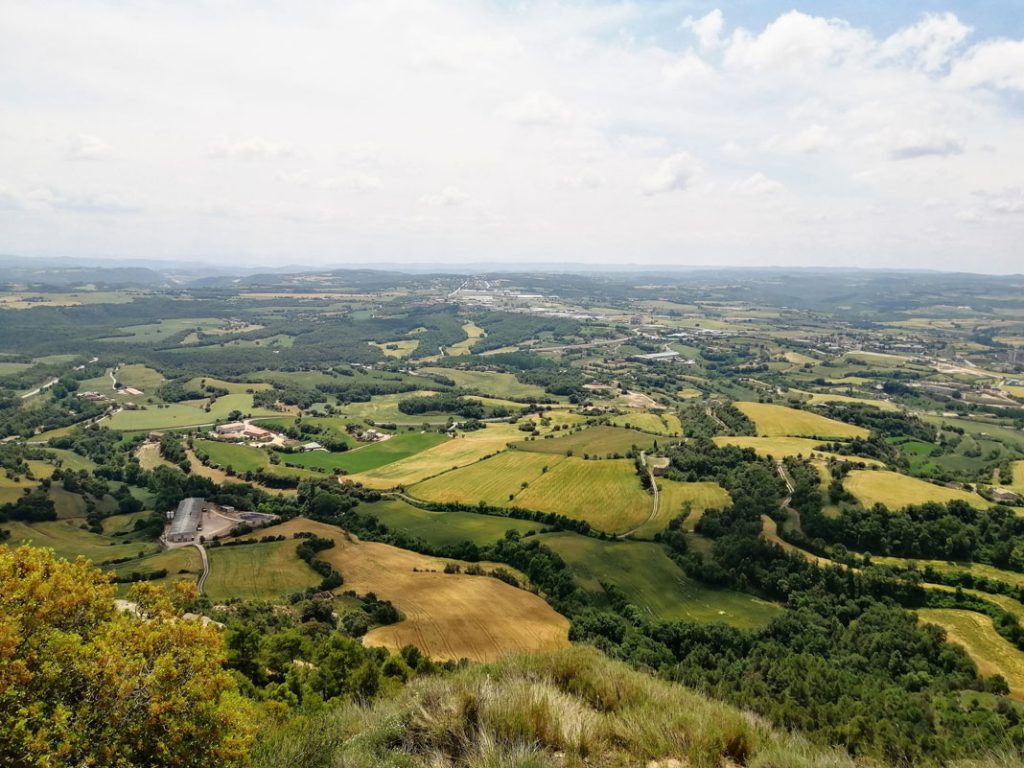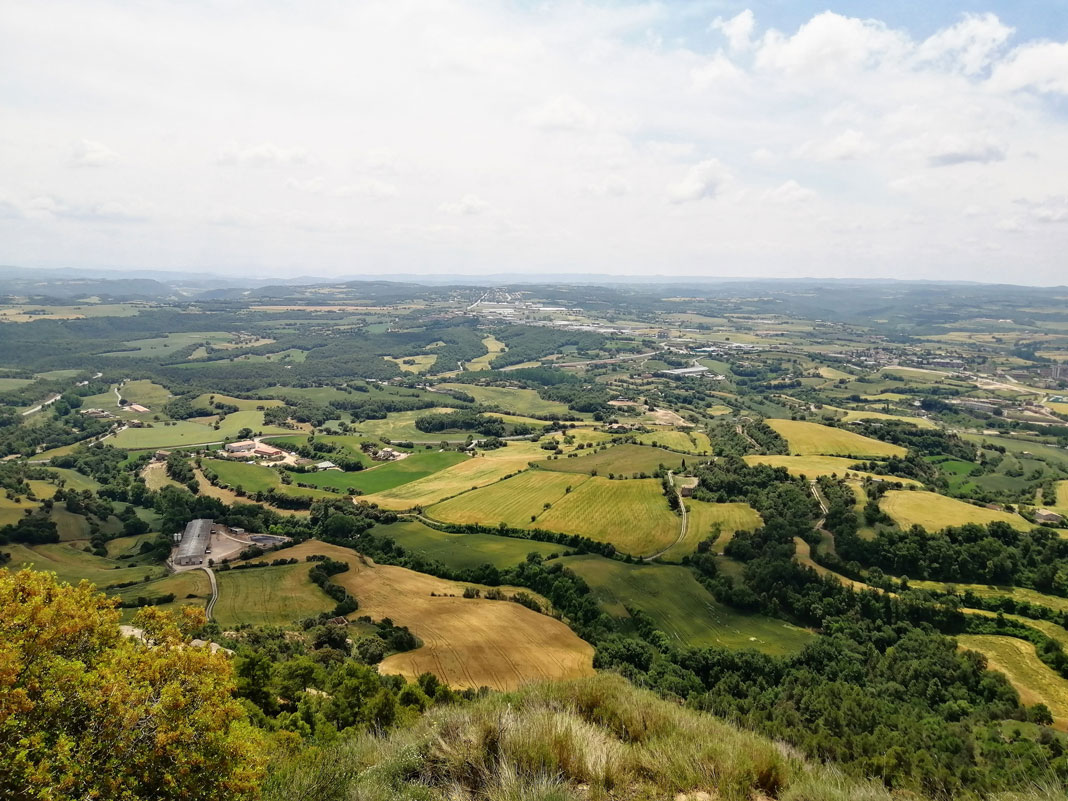
Practitioners from 11 Mediterranean countries participated in a public survey to identify and understand the principal needs, barriers, bottlenecks, innovation, and knowledge gaps needed to make agriculture and forestry systems resilient to socioeconomic and climate changes.
Knowing how to reinforce resilient landscapes in the Mediterranean is important to identify what the needs and challenges are. The participants agreed that there is clear evidence of a warming climate, with the trend resulting in droughts, heatwaves, and wildfires as the most impactful extreme events in terms of frequency, intensity, and their effects on agricultural and forestry activities. The main impacts affecting agricultural and forestry activities are the substantial changes in climate patterns such as below-average rainfall, altered rainfall distribution, and above-average temperatures, as well as political instability, a lack of long-term policies, unsustainable infrastructure and urban/industrial development, and competition for water.
The factors limiting the proper development of landscape activities are the absence of facilitation for loans and investments, inadequate support for the activity, limited access to national and international markets, insufficient access to exchange programmes, and the absence of affiliation to trade unions, insurance systems, and cooperatives or associations.
A link has been identified between socioeconomic factors affecting activities and environmental conditions. For example, urban and industrial development and competition for water can be directly related to droughts, leading to increased tension as the conditions worsen, and the landscape becomes drier. New solutions should address these predictable situations, focusing on maintaining activities with the same or increased needs but with fewer resources available (e.g., equal water needs while there is less availability).
All of these are climate and socioeconomic challenges that need concrete management practices, financial and governance tools, and technological solutions to advance the adaptation of the agricultural and forestry sectors to global change. Specifically, the main following needs have been identified according to 4 thematic areas:
Management practices
- Research on the effects of climate change and updating definitions of appropriate land use forms specific to each territory.
- Re-examine cultural and silvicultural practices and techniques considering new climatic trends, as well as managing uncertainty in policy implementation highly impacted by climate change.
- Research in drought impacts and adapted practices.
- Implementation of wildfire prevention measures linked to the agroforestry mosaic landscape.
Technology
- Effective monitoring of drought effects and characterization of water requirements for the different species.
- Tools providing stationary weather and climate data, as well as production prediction data based on dynamic assumptions from climate data.
- Implementation of mapping technologies, remote sensing, and production system simulators such as APSIM.
- Improving the accessibility of existing technologies or adaptation to small owners.
Governance
- Simplification of bureaucracy and long-term programs to ensure meeting sustainability objectives, and reduction of legislation complexity.
- Implementation of territorial planning involving updatable risk valuation and zoning allocation plans.
- Improve the subsidy framework for agroecological practices and simplify the sanitary livestock regulations to promote extensive farming systems.
- Defining a water resource exploitation strategy and assessing direct and indirect climate change impacts on the social dynamics.
Finance
- Designing financial instruments that effectively support the diverse needs of agricultural and forestry activities.
- Provision of free guidance and support services.
- Development and implementation of climate insurance systems and improved subsidy frameworks for agroecological practices.
- Reduce the complexity of financial instruments.
Those needs should be addressed to attain resilient agricultural and forestry activities in the Mediterranean.
Visit ResAlliance’s official website
This article was originally written by:
The Forest Science and Technology Centre of Catalonia (CTFC)
Photo credits: Marta Serra (CTFC)
The post Resilient agriculture and forestry in the Mediterranean: what are the challenges? appeared first on Resilience Blog.
